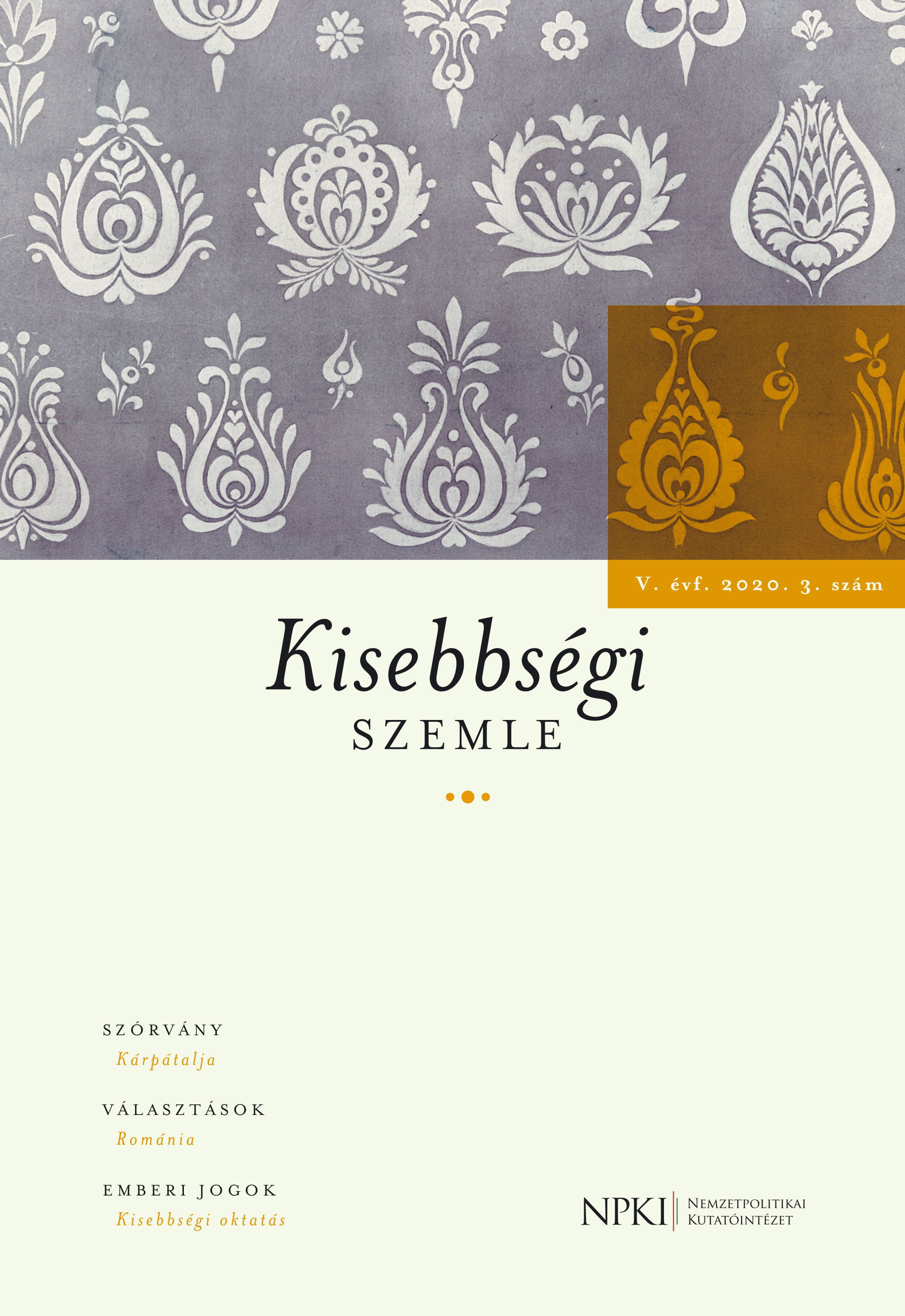A kárpátaljai magyar szórvány típusai, tagolási lehetőségei
Types of Scattered (“Szórvány”) Hungarian Cluster Communities in Transcarpathian, Ukraine
Author(s): Patrik TátraiSubject(s): Politics / Political Sciences, Politics, Social Sciences, Political Sciences, Sociology, Inter-Ethnic Relations, Ethnic Minorities Studies, Politics and Identity
Published by: Nemzetpolitikai Kutatóintézet
Keywords: szórvány;Hungarian population;Transcarpathia;
Summary/Abstract: The Hungarian term “szórvány” (literally: diaspora, but its meaning can be interpreted as scattered minority communities in the majority population) has been used for a long time to differentiate transborder Hungarian communities according to their location and assimilation trajectories. Up until now only a few attempts have been made to group and typify communities labelled as “szórvány”. This is especially true for Transcarpathian, Ukraine, where those living as “szórvány” communities makes up approximately one quarter of the total Hungarian population of the region. However, the idea of “szórvány” is quite ambiguous, and there is no consensus on its exact definition. Based on both quantitative data analysis and qualitative methods (fieldworks since 2018), the present study aims at giving an overview about how the “szórvány” has been defined and differentiated in Transcarpathia and what the possible factors are that characterize the main types of there Scattered community cluster. We found that although the role of structural features like distance from the relatively contiguous Hungarian settlement area (“block”), ethnic proportions between majority and minority populations, rural-urban settings the allochthonous-autochthonous dichotomy and, local special characteristics are crucial to understanding differences in development paths.
Journal: Kisebbségi Szemle
- Issue Year: 5/2020
- Issue No: 3
- Page Range: 7-31
- Page Count: 25
- Language: Hungarian

